9 Scottish Myths and Legends to Share With Your Students
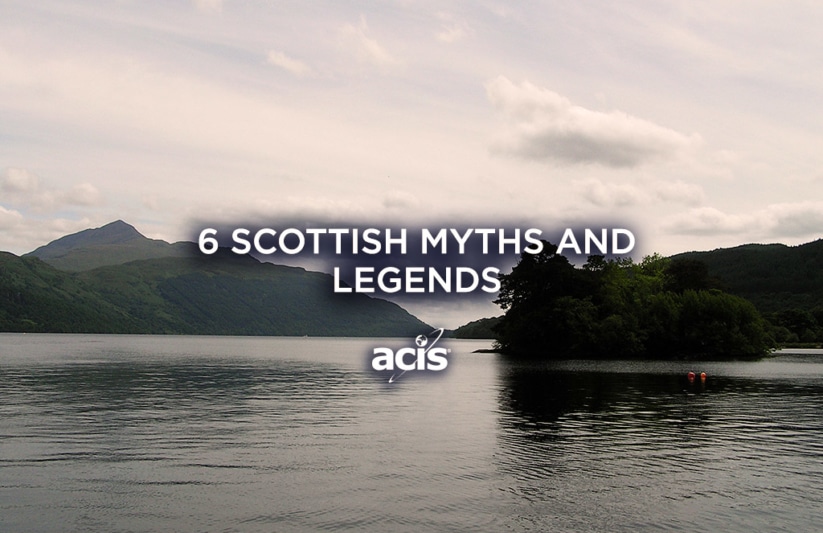
Scotland has a rich history of folklore and visitors from around the world have been drawn in by dexterously woven tales of magic and mischief. Here are 9 Scottish myths and legends that to learn about before your trip to Scotland: You’ll want to keep your eyes open for unicorns, changelings and more!
View Our Educational Tours to Europe
1. The Unicorn
Did you know that the unicorn is the official national animal of Scotland? In many ways this makes perfect sense: not only are the Scots known for their biting sense of humour, but their culture is rich in myths and legends. In Celtic mythology, the unicorn symbolized innocence and purity, healing powers, and life, as well as representing strength and masculinity.
The Scots saw themselves reflected in this supposedly wild and freedom-loving creature, as courageous as it was fierce and proud. Today, you can still see the unicorn on Royal coats of arms, dating back to the 12th century. And British passports sport both the image of the lion, representing England, and the unicorn for Scotland.
2. Loch monsters (Yes, plural!)
The Loch Ness Monster (or ‘Nessie’ to her friends), is perhaps one of the best-known Scottish legends. This large creature, surviving in a deep Scottish loch since the age of the dinosaurs, has often been pictured in drawings and blurry photographs with her long neck protruding out of the water. The first recorded sighting of Nessie dates back to 1,500 years ago, but locals and tourists still claim to have glimpsed her curving forms from time to time…
It must be said that Nessie may not be the only of her kind. According to legend, other monsters also lurk in the deep and unexplored lochs of the Scottish Highlands. Loch Suainbhal supposedly hides the Searrach Uisge monster to which lambs were once sacrificed. Locals around Loch Morar have been reporting sightings of ‘Morag’ since the 19th century, including two men who claim to have been attacked by the hump-backed creature in their boat. And there was even a failed attempt to drain Loch-na-Bèiste (literally ‘Loch of the Beast’ in Scots) to find the mythical Muc-sheilch.
3. Kelpies and Selkies
Prehistoric monsters are not the only legendary creatures to inhabit Scottish waters. Gaelic mythology is full of tales of shape-shifting beasts, sometimes animal, sometimes human, associated with almost every large body of water. Kelpies are described as horse-shaped demons with a dripping mane, enticing people to ride on their backs to a watery grave. A tale frightening enough to keep most children from swimming too far in the cold Scottish lochs and rivers.
Selkies are ‘Seal Folk’ that appear in the legends of the Orkney and Shetland Islands. They can change from seal to human by shedding their skin. The most popular tales involve a man who steals a female selkie’s skin and forces her to marry him and bear his children. She spends years longing for the sea, and when she chances upon her hidden seal skin, she reverts back and abandons her family to regain her freedom.
4. The Changeling
Variations of this baby-snatching myth exist in many cultures, but in Scotland it was once truly believed that hill elves or fairies would come and steal a human child, only to replace it with an identical-looking creature of their own. The stolen baby would grow up among the fairy folk, while the fake child would show signs of abnormal behaviour. At a time when developmental disorders and diseases were poorly understood, this was often considered the explanation for all sorts of ‘abnormalities’.
Different herbal potions were used in an attempt to discover a changeling child and force the fairy to return to its kind and send the real child back. It was also believed that the changeling had to be surprised into speech or made to laugh in order for the fairy to reveal itself. This was surely better than other cultures in which the fairy had to be beaten out of the changeling…
5. The Wild Haggis
The wild haggis is said to be a small, fluffy, two-legged creature that is native to the Scottish Highlands. Because it lives on such hilly terrain, many reports say that one of its legs is longer than the other, helping the haggis walk along steep paths. There are even said to be two species of wild haggis, one with the right leg longer than the left, and the other a mirror image. This would cause some imbalance and difficulty when it came to mating, hence why the two species don’t tend to breed, accentuating the physical difference between them from generation to generation.
Unlike other legends of monsters and baby-snatchers, this Scottish tale is rather light-hearted. Just imagine a shy little creature waddling sideways through the highlands and going in circles on flat land! However, the famous haggis dish which you should try if you ever go to Scotland is not made from this mythical little creature, but rather from sheep innards, cereals and spices. The tale is told to amuse gullible visitors – just another example of the Scots’ wonderful sense of humour!
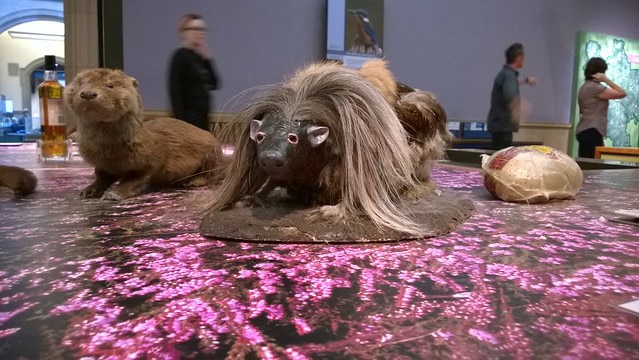
6. The Blue Men of the Minch
Off the coast of Scotland sits a string of islands known as the Hebrides. The Inner Hebrides, closest to the Scottish mainland, are separated from the Outer Hebrides by a strait called the Minch, and within these cold waters are said to live a clan of blue men. Human sized, they possess enormous power and can turn a calm sea into a ship’s nightmare. The Blue Men of the Minch typically leave humans alone, so long as they are treated with respect. Many island locals will light candles to leave on the shores of the Minch during Samhain in order to gain favor. If the clan feels the need to challenge a ship, they will do so by shouting a rhyme in verse to the ship’s captain. The captain must complete the rhyme if the ship is to be spared!

7. Beira, Queen of Winter
One of Scotland’s most ancient deities, Beira created the full pantheon of gods and goddesses to come in Celtic lore. She is also responsible for the country’s famed craggy mountains, as well as the winds and snows of winter. Beira is described in tales as having one eye, blue skin, and copper colored teeth, and is often depicted as furiously jealous of those more beautiful. In one of her most famous stories, she kidnaps Bride, the maiden engaged to her own son Angus, the god of Summer. Beira holds Bride prisoner, keeping the land snowy and cold, until one day Angus triumphs and reunites with his beloved. This day, when Spring returns and the land comes alive again, is marked as Bride’s Day.
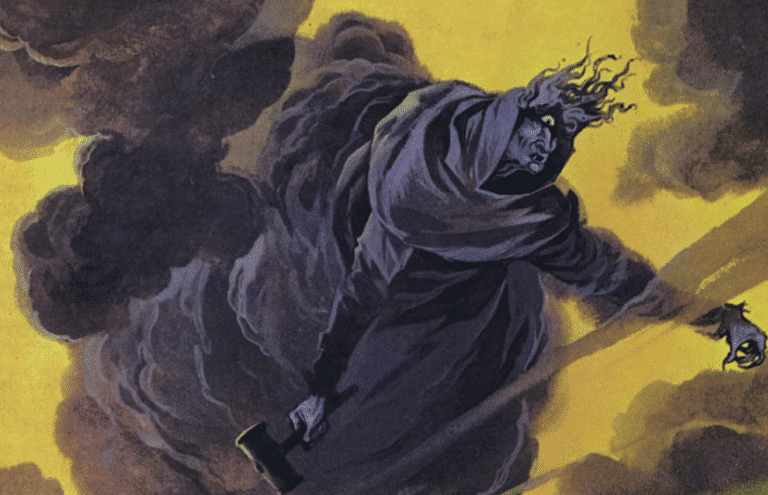
8. Faeries
Faeries – or fair folk as they themselves like to be referred to – are all over Scottish folklore! They served as important guardians over waterways, forests, and mountains. There are many different kinds, from the Ashrays who live in water, to the Brownies of woods, fields and gardens. Some are sweet and mischievous, while others dislike humans immensely. Some like Kelpies, mentioned previously in this post, are not fans of human-kind and should be avoided at all costs.
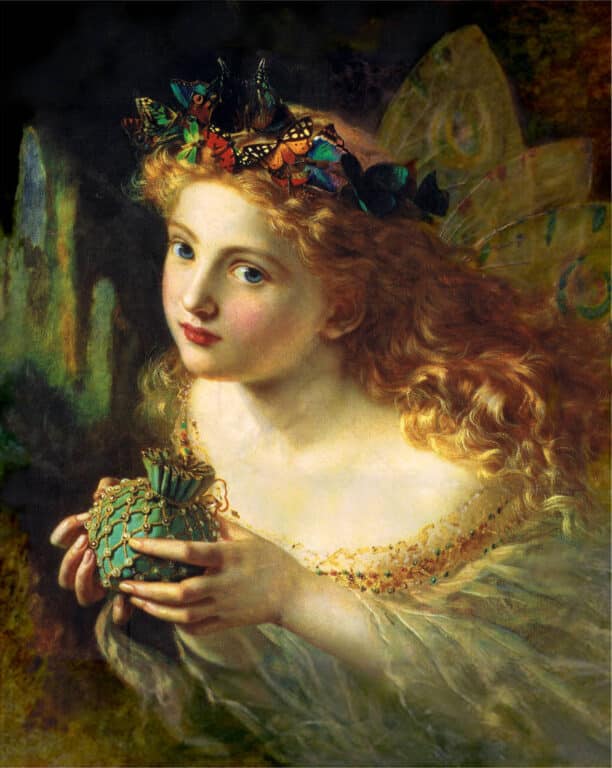
9. The 9 Maidens of Dundee
Dundee is now one of Scotland’s largest cities but long ago it was a small village. Legend says that once a simple farmer lived there with nine daughters. On a particularly hot day working in the fields, he asked one of them to go to the well and bring him a drink. She did not return, so he called upon his next daughter. And she does not return. The farmer goes through his entire line of progeny before realizing something is wrong and goes to the well himself to check. There he finds all of his daughters slain, a dragon standing in their midst. The farmer rallies the villagers, who light torches and chase after the dragon. A brave young man named Martin, who some versions say was a sweetheart of one of the maidens, eventually kills the dragon and the people are safe again. Today there is a green dragon featured in Dundee’s High Street that pays homage to the tale.
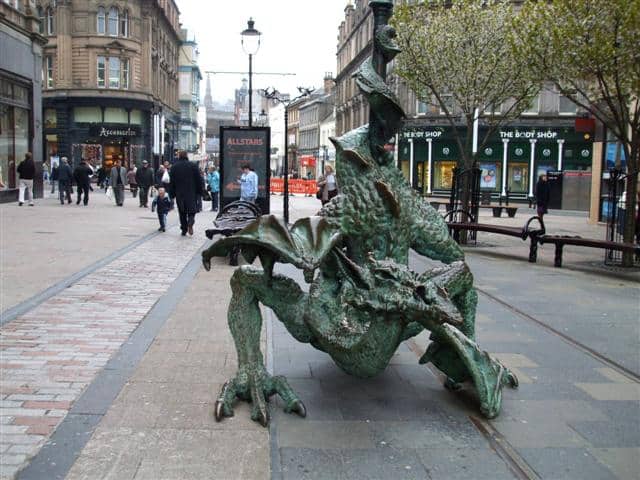
Take Your Students on a Trip to Scotland
Whether you are inspired by the myths and legends in this post or want to experience real life history, Scotland is a wonderful place to visit on an ACIS educational tour. Explore the natural world of the highlands, be introduced to great writers and poets such as Robert Burns, and visit iconic cities like Edinburgh. With ACIS Tours, you will have an enriching educational experience and get the best possible value for your investment in student travel.

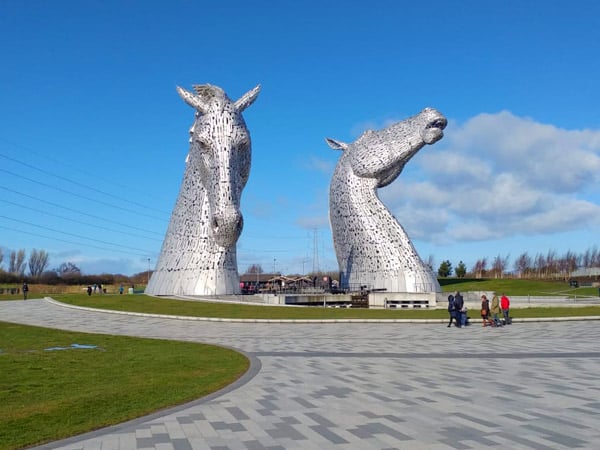


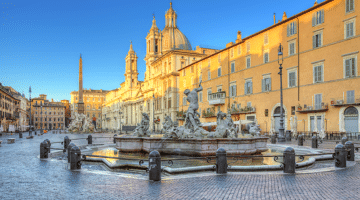
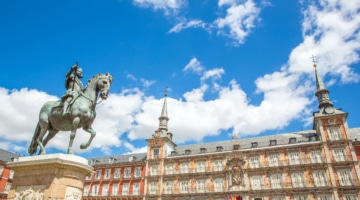








Legends???? No, my Scottish grandmother swore these were all real! Take your students on an ACIS trip to Edinburgh, the most haunted city in the world, and experience these “legends” for yourself on a spooky nighttime tour of the hidden city underground.
Thanks for the memories!
Love these legends…such great memories of my three ACIS trips to Scotland. Wonderful people, gorgeous scenery and yummy food….what more to love???:)
Nice! One day I hope to visit!😎